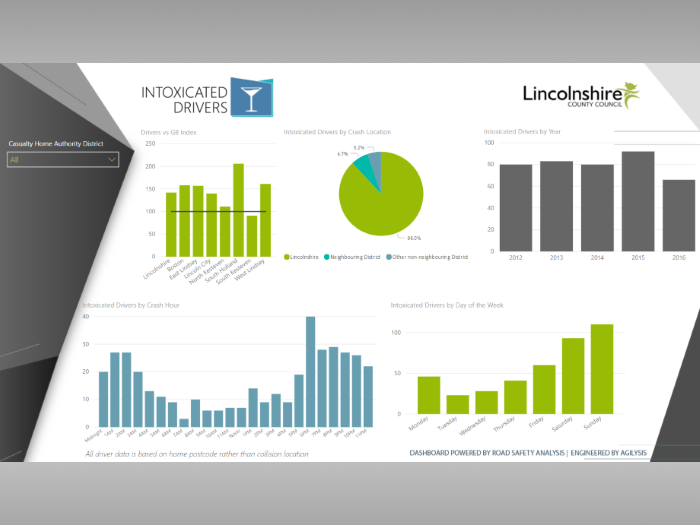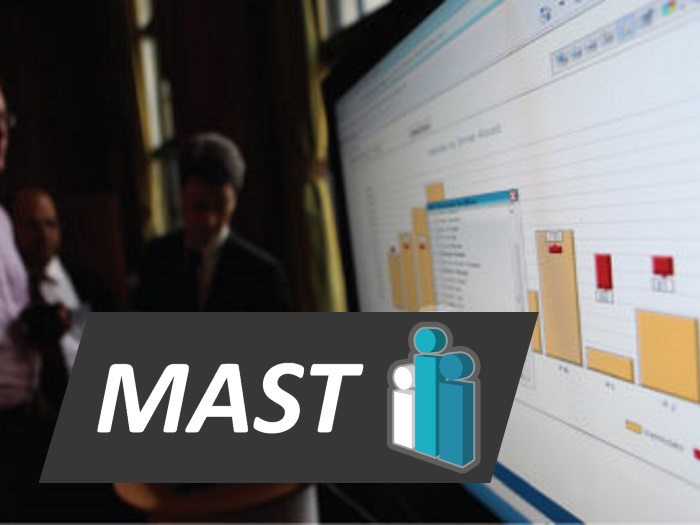Blessings from ‘The Godfather’
February 26, 2009
MAST seen as beacon of best practice
March 30, 2009MAST - how to deliver the baby?
When I first joined the MAST Project last September, MAST did not exist - but it did have an ancestor.
My colleagues Richard and Dan, from the Thames Valley Safer Roads Partnership, had developed something they called Headline Data. It was successfully delivering socio-demographic analysis of crash data in the Thames Valley area - so successfully, in fact, that they even [won an award] for it. It seemed like such a neat idea they wanted it to share it with the world. The DfT agreed, funding was set up and so the MAST Project was born. It fell to me to deliver the Son of Headline Data.
Now long experience has taught me that when it comes to data, delivery is everything. You can give a client the most insightful, ingenious and potentially valuable analysis in all the world, but unless you deliver it in exactly the right way, you might as well not bother. If your clients can't instantly access it, don't immediately understand it or cannot see precisely how it fits their requirements, then they will simply ignore it. Any potential benefit will be lost and all your hard work was probably in vain. This may seem harsh, but it's often true - and if it's ever fallen to you to explain data analysis to someone who just doesn't get it, then you'll know exactly what I mean.
Headline Data had been delivered as a self-contained Excel spreadsheet, with lots of pivot table caches driving the analysis and a few macros thrown in to link it all together. That worked just fine for the Partnership Team in Thames Valley, and was OK for the handful of local partners who used it. However, when I constructed a sample Excel application along similar lines for MAST it quickly became apparent that this approach was not sufficiently scaleable. It was useful for demonstration purposes, but at the price of being slow, inflexible, tricky to operate and hard to maintain. As a method of delivering quality analysis to Road Safety practitioners all over the country, it was a non-starter.
So how should the MAST baby be delivered instead? How could it inherit the good qualities of its ancestor, while evolving into something which was better fitted to rise to the challenge of delivery on a national scale? Both the Project Team and Steering Group considered this question, and came to the same conclusion: forget desktop applications, and look to the Web!
Choosing a delivery route is one thing - but putting it into practice is another. In a future blog, I'll post a bit about how we went about approaching this task.




